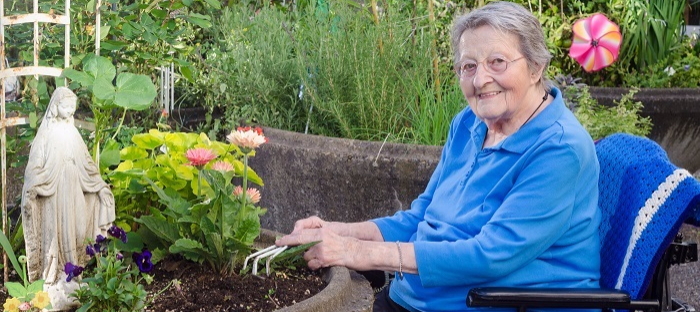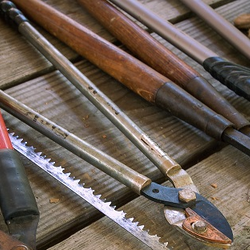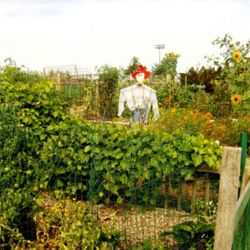Gardening is an age-old hobby that can help alleviate stress and reconnect people with the outside world. It’s also a great skill that anyone, regardless of physical ability, can learn and eventually master. Unfortunately, some garden layouts can keep potential growers away because their tools, plants, or walkways just aren't accessible enough.
Whether you’re helping to construct a community garden or simply looking to build a backyard planting area for your family, there are many ways to make sure that everyone can enjoy it. Children, seniors, and people with disabilities all have special sets of needs when it comes to being able to garden safely and enjoyably, and your garden can accommodate them all as long as you're willing to make a few simple adjustments.
The goal is to create a garden that accommodates everyone without making it feel like it's specifically for people with disabilities. The Center for Universal Design at North Carolina State University has outlined seven principles for designing spaces that are universally accessible. These guidelines focus on creating spaces that leave enough room for access and have a wide range of simple and intuitive uses that require low physical effort. While there are many factors to consider when planning out a universally usable area, we’re going to cover a few basics that will improve your design and allow anyone to soak up the summer sun from the comfort of your beautiful garden.
Create a Garden that Everyone can Enter
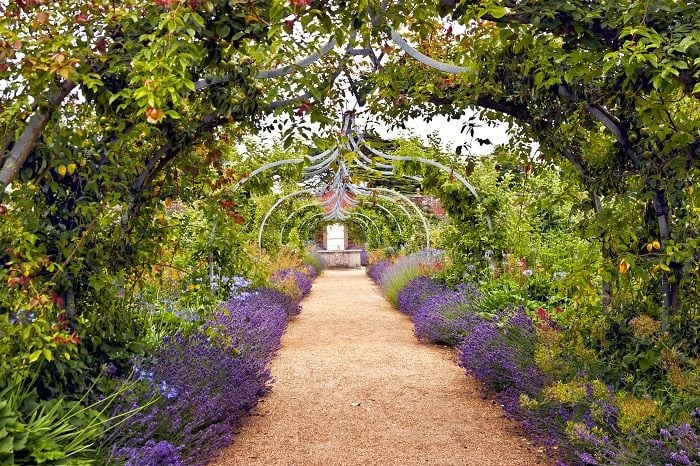
The first places you'll want to look at when creating an accessible garden are its walkways — barriers that can keep physically-challenged cultivators from doing what they love. Take the time to think about the all the people who may be visiting your garden, and if they'll be able to navigate its pathways. Do your garden paths pose potential threats, such as sudden drops that could make people with visual impairments, children, or the elderly fall? Are they completely inaccessible to people who use wheelchairs? Do they become slick when wet, have a steep incline or any stairs? All of these hazards can make it difficult for people get to your planting areas. While paving a pathway might be the first solution that comes to your mind, it’s not always ideal given its required space and costs. However, well-maintained walkways made from crushed and compacted gravel, dirt, or grass can work just as well. You'll want to avoid using loose gravel, as it can be difficult to traverse for people who use wheelchairs.
When researching walkway options, you should be thinking about their size and the size of any gates you might be planning to place along them. Both should be at least 36 inches wide, or broad enough to accommodate people who use walking aids or wheelchairs. Including a couple of turnaround spaces of at least 60 inches in width is also recommended. Gate latches should be easy to use with one hand and low enough for any height-impaired or seated people to reach (a maximum height of 48 inches from the ground is commonly advised).
Consider Alternatives to Ground Planting
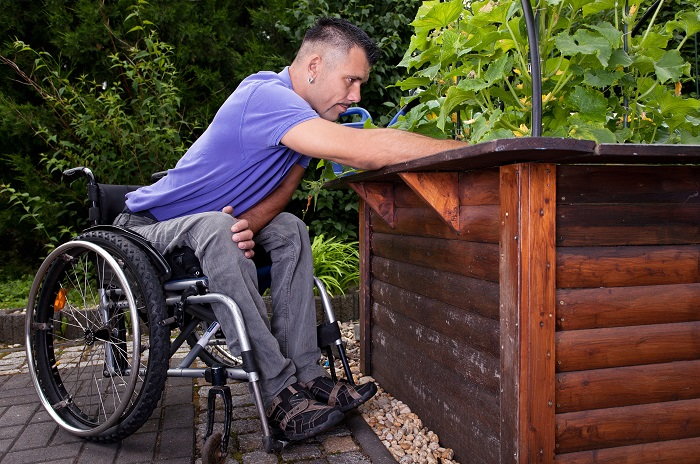
Raised beds are the easiest way to make gardening less strenuous for people who use wheelchairs or have trouble bending down, and those with built-in sitting spaces provide resting spots for all gardeners while assisting children and seniors. Pallet gardens and trellises can be just as useful for gardeners with limited mobility. Plus, these ground-planting alternatives will free up room in your garden for you to grow even more plant varieties!
If you're looking for a little more flexibility in your design, you might consider hanging or freestanding planters. Stand-alone planters and baskets can be accessed from multiple angles and heights, allowing everyone to plant, weed, and harvest with ease. Tabletop gardens and U-shaped beds are particularly useful for any wheelchair users who need to get up close to their plants.
Upgrade to Ergonomic Tools
Tools that can be adjusted to accommodate multiple people benefit everyone in your garden because everyone can use them with ease. Extendable rakes, shovels, and reach-and-grip tools allow gardeners of all sizes and abilities to pitch in without straining or overexerting themselves. For additional convenience, you'll want to invest in lightweight but durable tools that will be easy to wield for longer periods of time. When it comes to hand tools, think about their grips and angles. Rubber grips can make it easier to hold on while performing garden chores, which will especially help those with limited hand strength out. In many cases, you'll be able to modify the tools you already have by adding new rubber grips to them.
Don’t forget about water hoses and cans. Having several different-sized cans can make it easier for gardeners to choose the one that works best for them. Some manufacturers have even started to make cans with adjustable handles and spouts for easy use at any distance. Keep the weight of your water hoses in mind, too, as even the strongest of people can have difficulty lifting or tugging heavy ones through their yards. Hoses should always be properly stored to eliminate the risk of tripping for people with limited balance or vision.
Select Plants with Accessibility in Mind
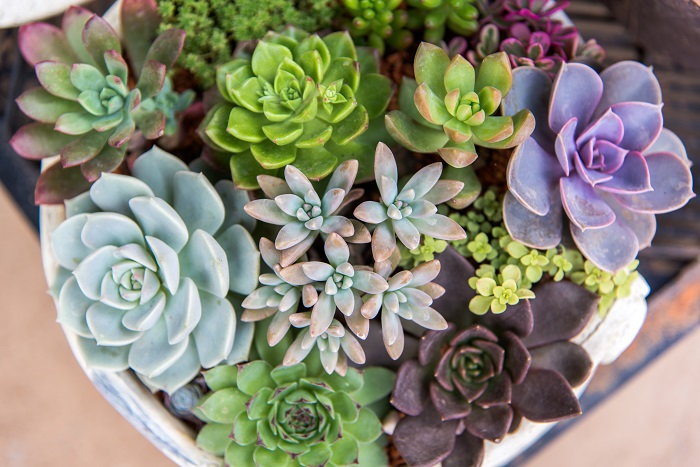
Persnickety plants can be difficult for anyone, let alone those with physical ailments, to manage, so consider investing in some low-maintenance alternatives. In many cases, native plants make for great garden additions because they’re already adapted to the region’s seasonal whims. Their hardiness will eliminate the need for intense planter preparation and keep them strong throughout the growing season. Non-thorned varieties leave no room for potential cuts or accidents, and dwarf plants can thrive in all kinds of planters and beds.
When it comes to creating an enjoyable space for family, friends, and neighbors, accessibility is key. It doesn’t even have to be an overwhelming task for you. With a little bit of green thumb ingenuity, forethought, and an internet full of ideas, designing a space that everyone can use is fully possible. Plus, the valuable garden time you'll get to spend with others makes the task more than worthwhile.
